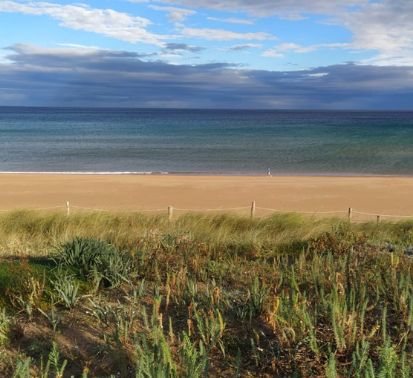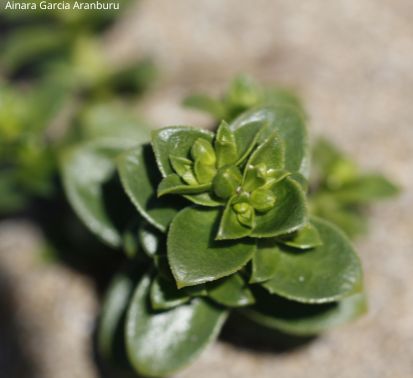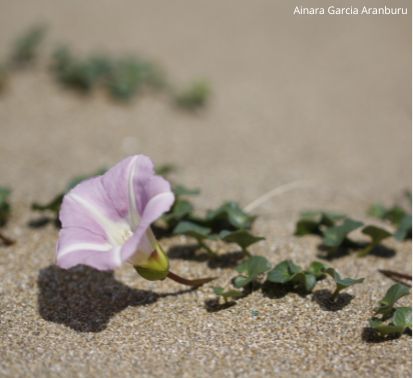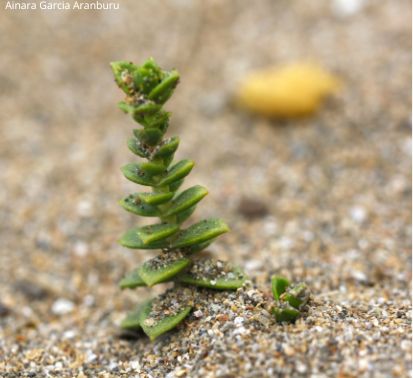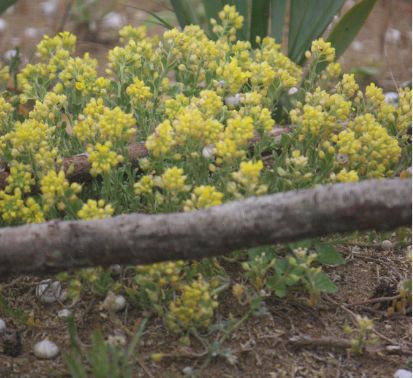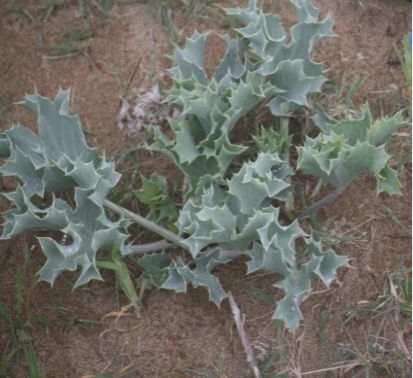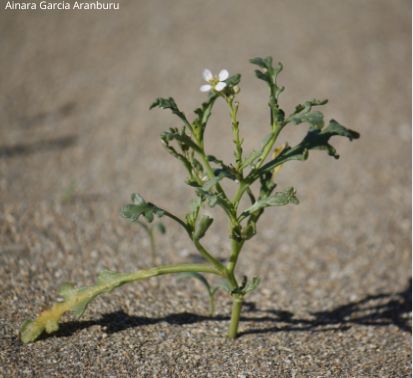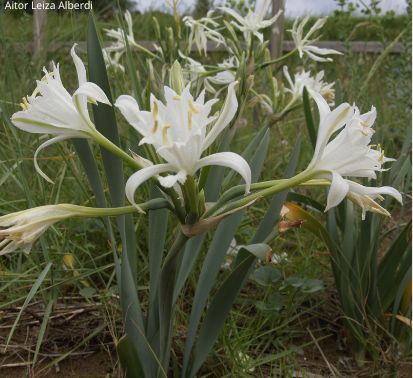Has it touched you to be on the beach on a galerna's day? You've probably picked up the towel and the rest of the upheavals, and you'll have gone at full speed, right?
And in the middle of summer, the days of intense sun, what have you done to protect yourself from extreme heat? Surely you would protect yourself under the umbrella!
It is also not the best option to be on the first line of the beach the days of violent tides and great waves. They know a lot about bars, ice cream shops and coffee shops that have to protect their shops to avoid damage.
However, the plants that inhabit the dune have no choice but to endure these conditions, so very few species are prepared to survive in these types of environments. In fact, these plants have developed different strategies aimed at combating phenomena such as strong wind streaks, heat up, drought, continuous burial, salinity, sea erosion…
To be able to live on the front line of the dune and resist both the wind force and the continuous movement of the sand soil, the plants have long and flexible roots. There you will find two plants capable of doing so: the buckwheat (family) and the herring.
The interior of the dune is more protected and in it can live more species that also need strategies to survive in these conditions:
Facing the heat, while we use umbrellas, visor… plants have flowers and shiny leaves like wax.
While we carry the water in the container, the plants have bulbs on the stems and fleshy leaves such as water reserves, or furry leaves to hold water drops.
On days of strong wind, we tend to close the umbrella to prevent it from breaking, right? Well, in the same way, some plant species grow horizontally, and not vertically, covering the surface of the soil to hold well and prevent the wind from starting them.
In this unique ecosystem we can find a large concentration of Protected Vegetation of the Basque Country. For example: Alyssum loiseleurii, the Golden Rod, the Festuca juncifolia, the Beach Careton and Gallium arenarium. In the latter case, Iñurritza is the only place in the Iberian Peninsula where this plant grows. In addition, some of them are endemic, that is, they are only found on this coast, and they define our personality just like the Basque holiday, the ice cream of the malecon, the jumps of Allepunta or surfing.
This dunar vegetation is very important because, besides being the habitat of different living beings, it reinforces the beach itself and acts as a natural barrier against the great waves.
From this point we propose a challenge! As if we were detectives, we propose to find the typical dunes plant species along the runway of the dunes. The images of the plants that appear in the application will give us the clues. Among all the participants we will draw the book of plants from the dunes of Iñurritza! To participate you have to send the photos of the plants you identify to zarautz@eraztunberdeurdina.eus indicating the name of the person who made the photo, the date and the geolocation.
Cheer! See how many you are able to find!
